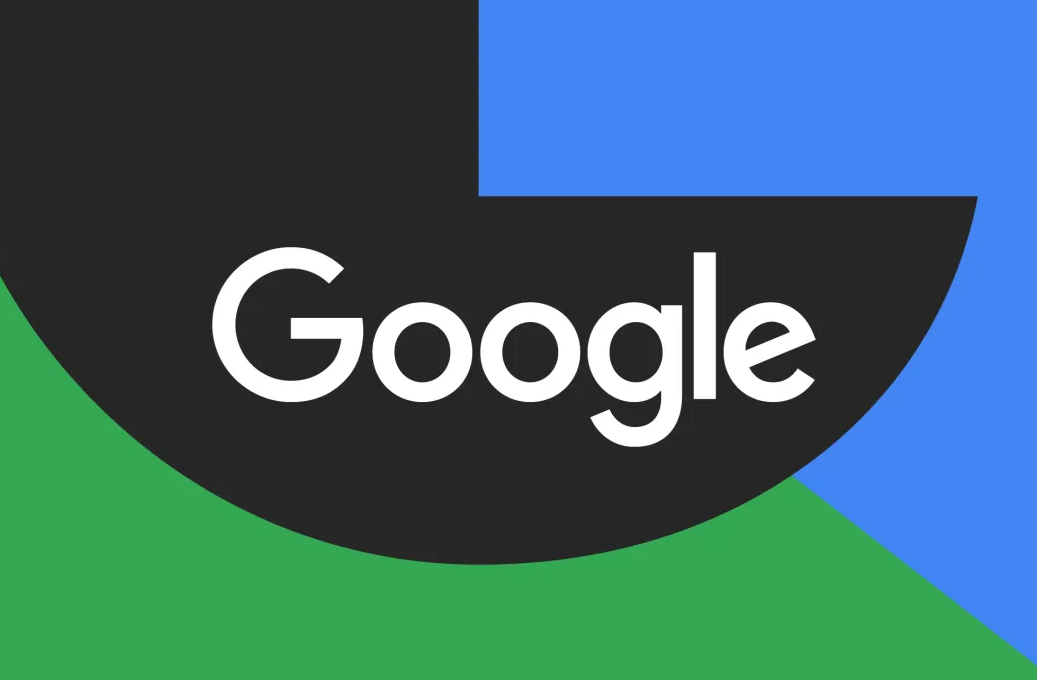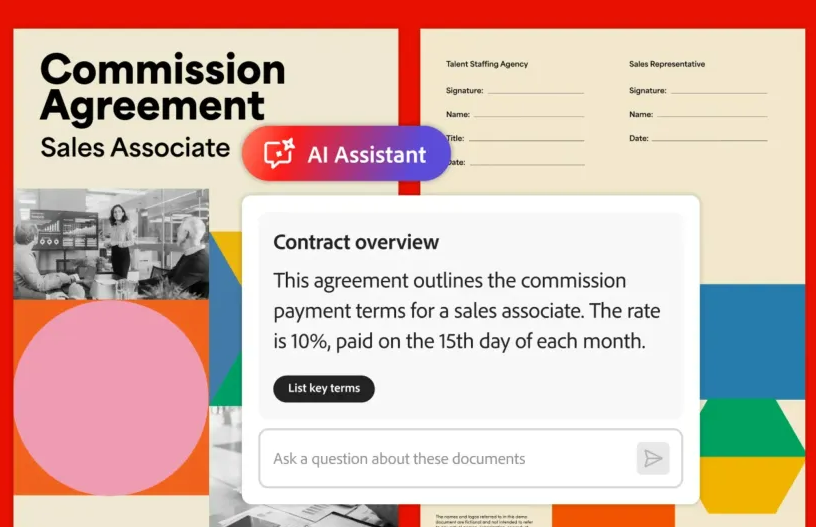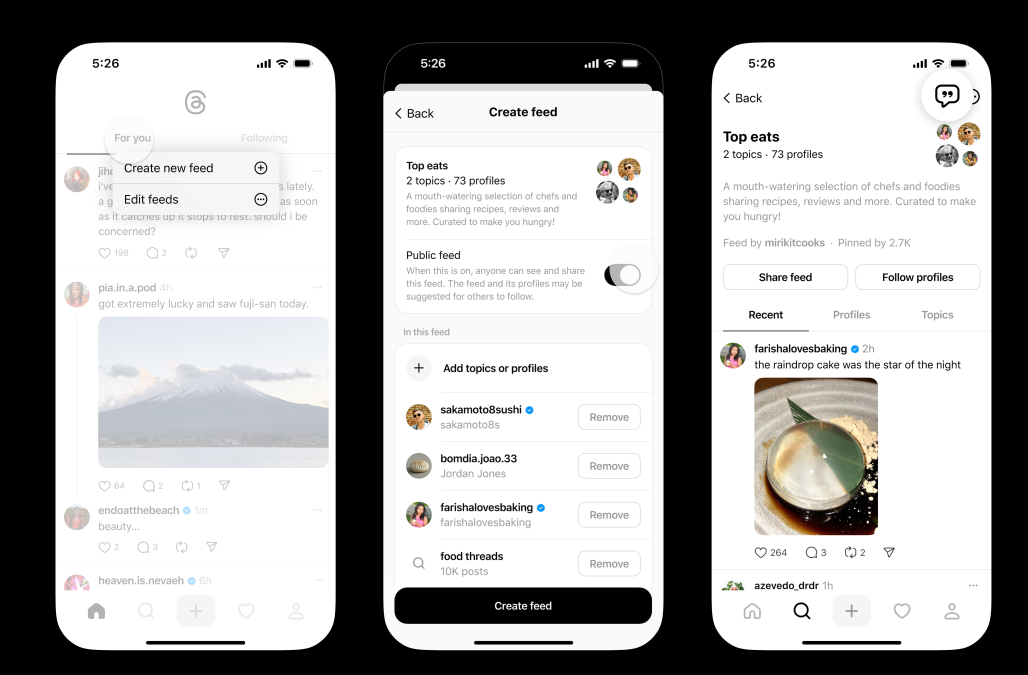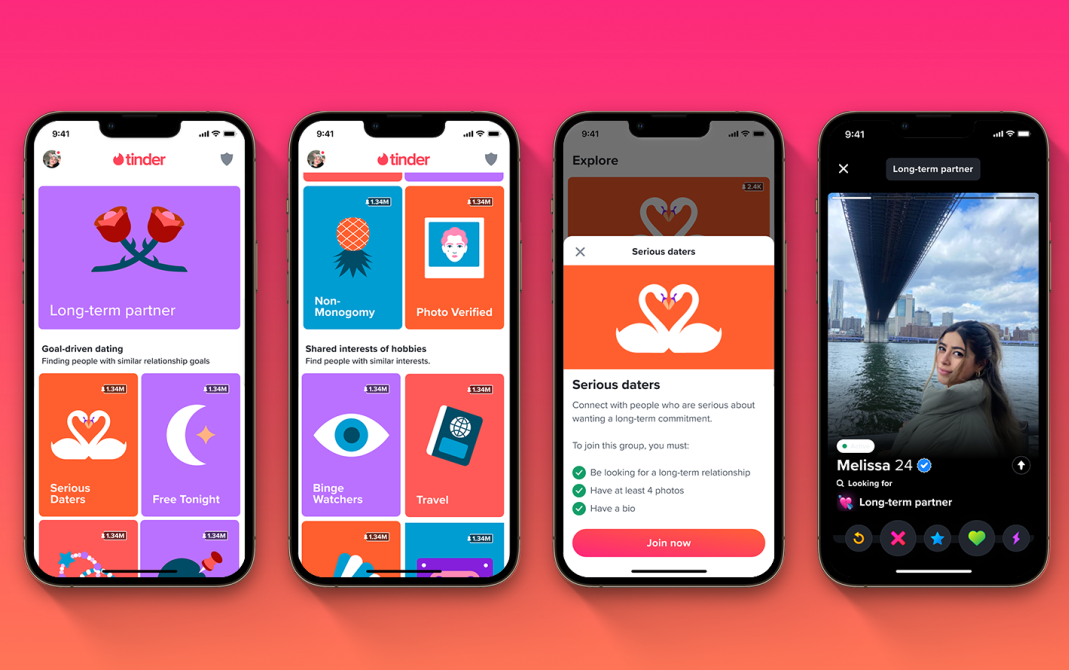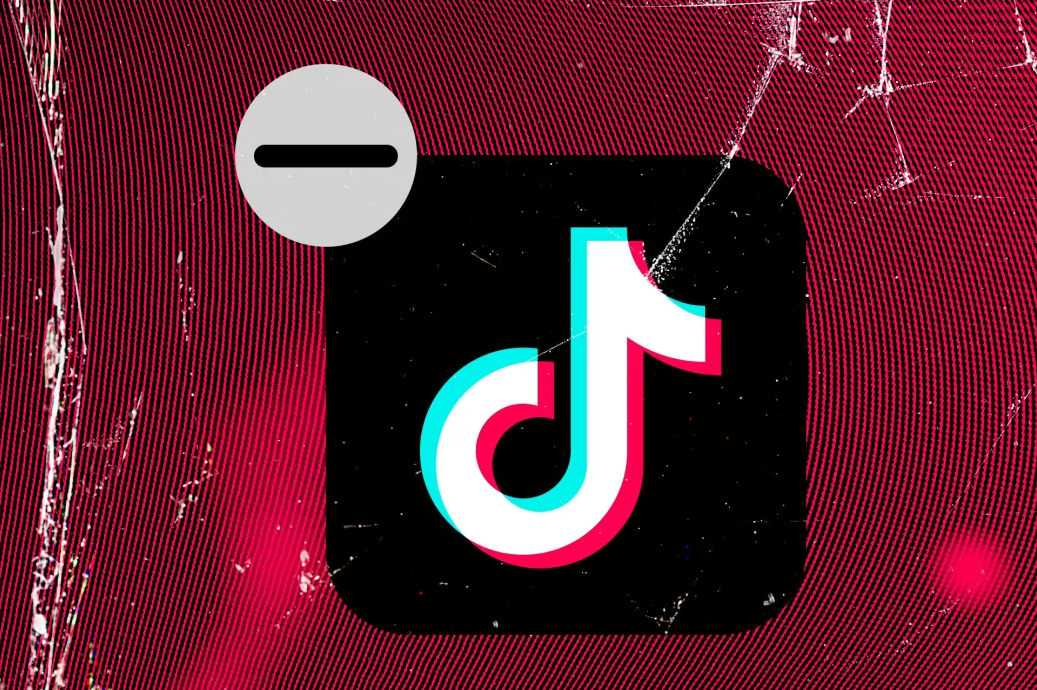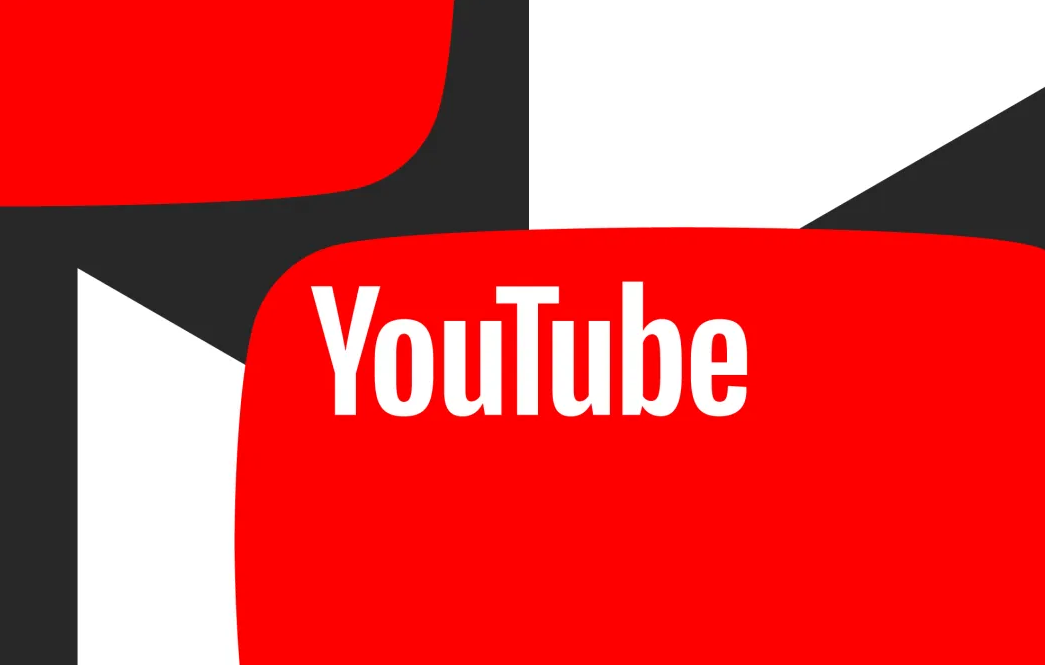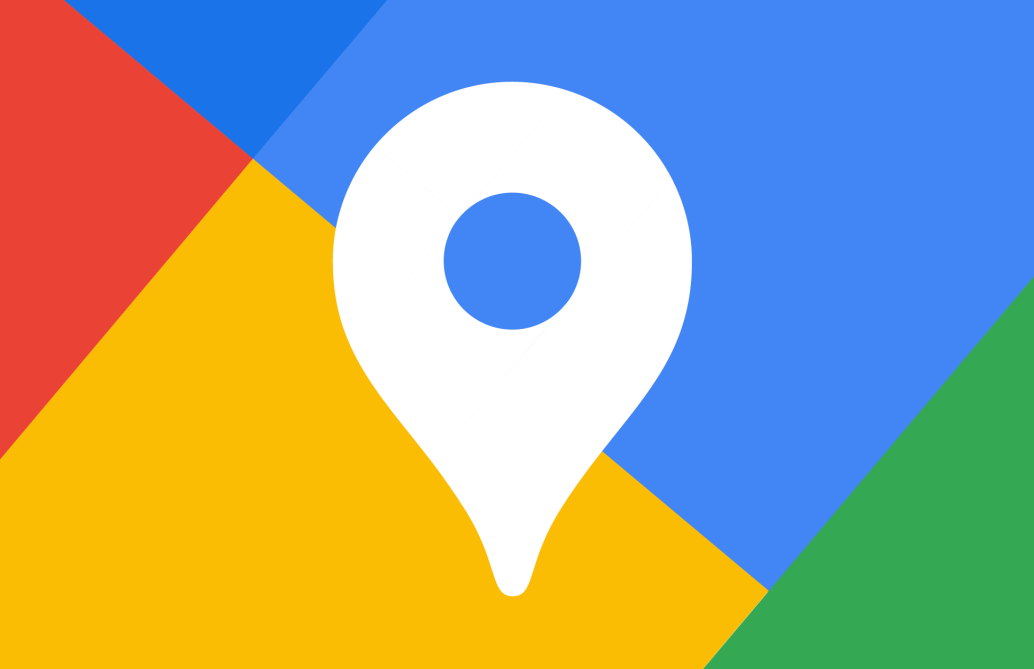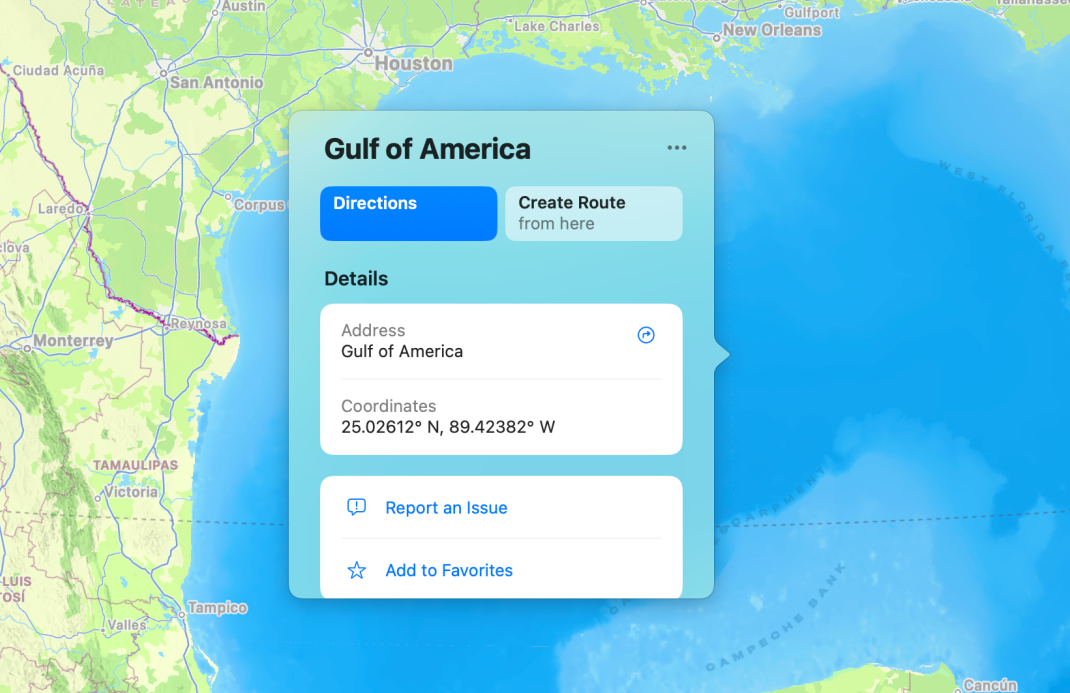Google is deploying machine learning to estimate users' ages as it aims to provide more age-appropriate experiences across its platforms, and the company announced Wednesday that it is testing the model in the United States to identify users under the age of 18.
According to YouTube CEO Neal Mohan, the system will analyze users' online behavior, including websites visited, YouTube viewing habits, and account age, to determine their approximate age. If Google suspects a user is under 18, it will adjust their settings accordingly and notify them. Users may check their age using selfies, credit cards, or status identifiers. Google extends existing security measures for minor accounts, such as Safeseach, which filters out obvious content and restricts access to specific YouTube videos.
The company plans to expand its age estimation technology to more countries in the future. The move comes amid growing regulatory pressure on children's online safety. U.S. lawmakers have introduced bills like the Kids Online Safety Act (KOSA), COPPA 2.0, and the Kids Off Social Media Act (KOSMA), which push for stricter age verification measures. Similar to Google, Meta has also implemented AI-based age detection systems. In addition to age ratings, Google is also rolling out new parental control features that will allow parents to limit calls and messaging on their kids' mobile phones during school hours starting next week.
Starting next month, parents will be able to manage contacts through the Family Link app, ensuring that children can only communicate with approved numbers. Google will also give parents the ability to add and manage payment cards in their child's Google Wallet. Additionally, teens will soon have access to Google's AI-powered tools, including NotebookLM for note-taking and Learn About, an educational assistant.
